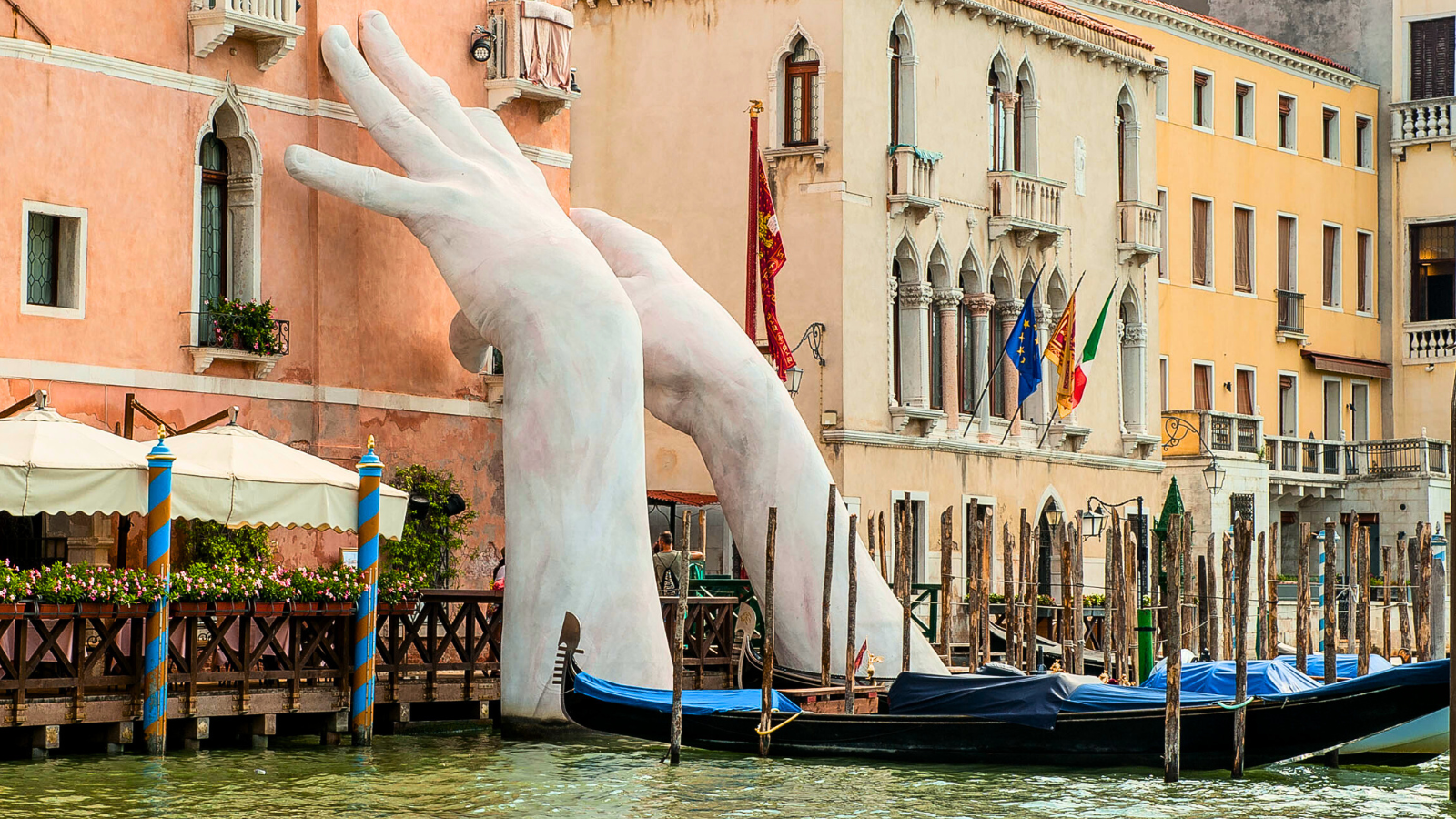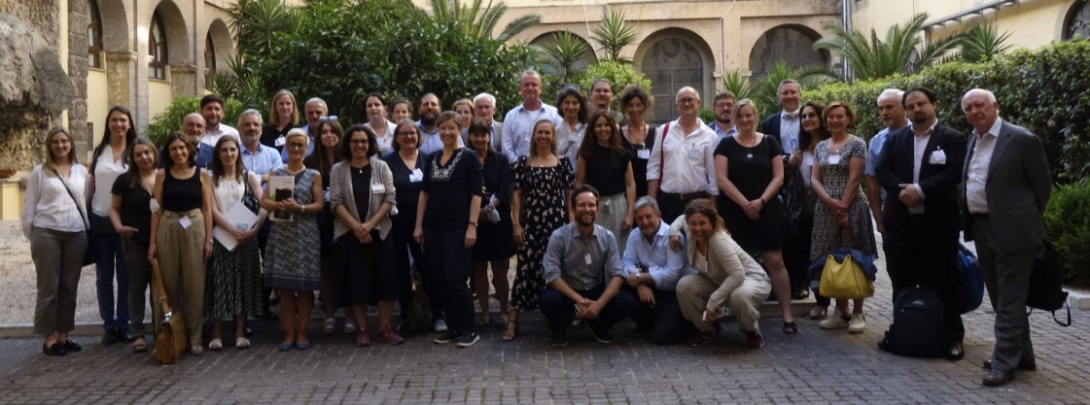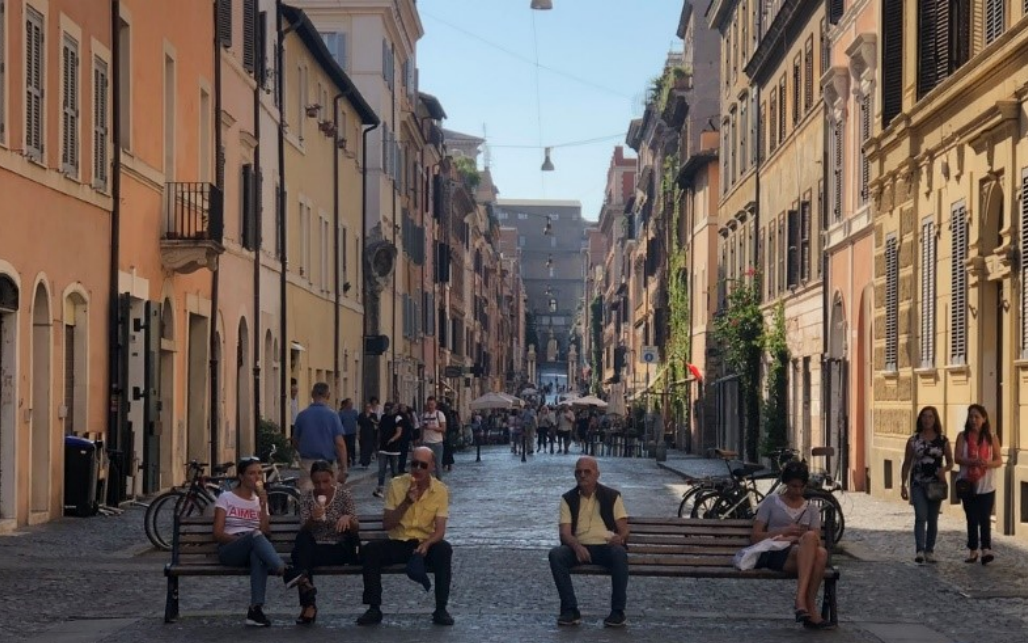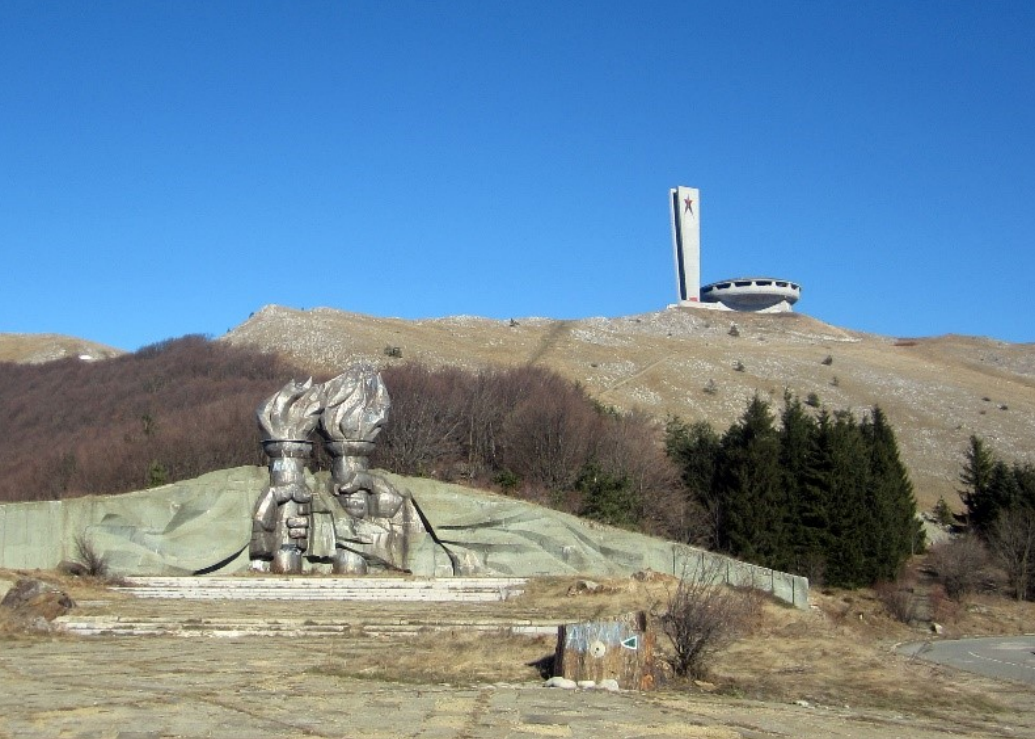
Insights of the Culture and Cultural Heritage Partnership
In the built environment, cultural spaces, and monuments capture the imagination of its inhabitants. These objects go beyond their physical functions, conveying a sense of identity, strength, beauty, know-how, technical skills, social structure, and economic development. Committees are formed to defend, maintain, and rebuild cultural heritage monuments, institutions are set up to identify and create awareness, and national governments establish policies around them. In our multicultural societies subjected to the extreme homogenising pressures of globalisation, the problem of what to protect has become a crucial topic in the debates about built heritage.
European nations increasingly recognise the value of cultural heritage and the necessity to sustainably manage Europe’s historic urban environment. The Culture and Cultural Heritage Partnership was launched in 2019 during the Austrian presidency of the Council of the EU and has been supported by the European Urban Initiative (EUI) since the EUI's inception. Thirty members from local, regional, and national levels contribute to the partnership’s mission. Its efforts are coordinated by the German Federal Ministry of the Interior, Building, and Community, and the Italian Agency for Territorial Cohesion and the Italian Ministry of Cultural Heritage and Cultural Activities.
The European Urban Initiative (EUI) spoke with Jan Schultheiß and Sandra Gizdulich, the Coordinators of the Culture and Cultural Heritage Partnership, to gain insights into the partnership’s work and its broader scope within the context of the Urban Agenda of the EU (UAEU). During the conversation, they touched upon principal elements of the partnership's work, and its leading narratives, related to the topics of sustainable urban development in relation to cultural heritage.
You are co-coordinators of the Culture and Cultural Heritage Partnership (CCHP). What are the most important outcomes brought by the partnership?
JAN: The partnership has had outcomes on various levels. First, it has developed various outputs and products, especially targeted at daily practice at the local level (e.g. Guidance Paper in Action 8, Toolbox for Dissonant Heritage (currently under development) in Action 10, methods & tools to be tested and transferred to other cities with Action 4 and 6). Second, the partnership’s work has increased the visibility of the topic throughout Europe, both at the level of the EU Commission, of some Member States as well as of cities. For instance, Action 5 focused on the new role of public libraries, and one Open Method for Cooperation (OMC) group is now working on this topic in the framework of the EU Work Plan for Culture – a direct outcome of the CCHP. Third, what’s more, the work has helped to include Culture and Cultaral Heritage (CCH) as cross-cutting topics in policy and funding.
In addition, the work has created valuable “networks of networks” of European institutions – some of these Action Groups work well beyond the UAEU, e.g. the Dissonant Heritage Action Group, which continues to meet every circa 8 weeks and works on its own projects, e.g. a webinar, a Wiki photo competition and an academic exchange programme.
SANDRA: Despite great results obtained by the Partnership, I also have some general reflections on the Urban Agenda for the EU. These are personal ideas and do not forcedly reflect the opinion of the whole Partnership. I think the UAEU should improve the added value for cities to be involved in the Partnerships beyond the networking and knowledge exchanges. I remember that Kasanlak wished to design and promote a sustainable integrated plan dedicated to roses (the cultural symbol of the place and the economic value), but we were not able to have a pilot project for them (i.e. dedicated funding and human resources). It would be important to have the opportunity to develop pilot projects. In addition, I also noticed that for small and medium-sized cities the opportunity to join a Partnership is key (i.e. the case of Prato in Circular Economy), but for well-known “powerful” cities following and arranging meetings is very time-consuming and comes on top of their daily tasks as local authorities: cities need to clearly see the added value of their engagement.
Are there any recommendations the Partnership would like to share with the rest the European CCH stakeholders?
JAN: I would like to refer to our “synthetic recommendations” from our final conference in Rome, which included: fostering a broader understanding of culture and cultural heritage, promoting integrated approaches in practice, increasing resilience of CCH for communities and cities, understanding the role of CCH in social inclusion, knowledge exchange and territorial cohesion, and protecting European values and democracy. These recommendations were written based on the synthetic general thoughts, developed throughout the partnership’s existence.
Moreover, I’d like to stress the relevance of the communication and transfer of knowledge perspective. It is important to “translate” key messages from the UAEU to the national and local level. In Germany, a three-module series of workshops with national and local practitioners aimed to break down recommendations and products to national funding structures and knowledge systems as well as to local practice. Also, it is recommended to reach “beyond the UAEU bubble” and to disseminate the knowledge to a broad public, e.g. by respective language and visual design, through relevant events, by using a multitude of media, etc.

Group partnership
Recognizing and preserving dissonant heritage is essential for fostering a comprehensive understanding of history as it refers to historical narratives and sites that evoke conflicting memories and interpretations among different groups. How should Europe approach this topic?
JAN: Given recent developments throughout Europe, the topic of dealing with dissonant heritage has gained in importance and has demonstrated the contributions that this active debate can make, among other things, to democracy building. Action 10 is currently developing a “toolbox” for dealing with Dissonant Heritage at the local level (to be published in EN and DE in 2025). The toolbox advocates broad and “integrated approaches,” involving the various topics and stakeholders who may be relevant. The work so far has shown that Dissonant Heritage often requires a high degree of sensitivity for the site’s needs, and that dealing with the Dissonant Heritage frequently is an ongoing process that requires content reflection. This, in turn, necessitates sufficient time, financial and human resources as well as social and political acceptance, support and participation.
See also www.dissonant-heritage.eu
Collaborative Approaches to adapt and reuse spaces and buildings was also an important focus, what are the solutions proposed by the partnership on this regard?
SANDRA: The idea of the Action was to analyse practices to gather rules and recommendations to help local actors and urban authorities enhance their Cultural Heritage, strengthen local identities, contribute to the preservation and/or reactivation of these urban resources but also trying to avoid gentrification and/or “mummification” of spaces. The answer was that supporting bottom-up processes of self-management of local assets through collaborative approaches (co-design actions) was key.
Our recommendations for municipalities are based on two main steps:
- Mapping and Identification of dismissed, underused, downgraded urban areas, sites, or buildings, and analysis of the state of art of such places
Mapping can be developed through innovative actions such as the community collaboration using interdisciplinary approaches based on the civic collaboration (i.e., sociological, economic, cultural, environmental) and data management via geographic interfaces.
- Appropriate Collaborative Management through Co-Design and/or Co-Management under the so-called Shared Administration designing a clear and stable legal framework to establish agreements/pacts/contracts for the use of the assets.
Collaborative Management should be based on the principles of cooperation (municipalities working together with non-profit entities, without managing a selective procedure), transparency (ensuring that all the materials related to the co-design phase are available for evaluation) and qualitative criteria (highlighting criteria for defining the process of rehabilitation of the public space).
Nevertheless, the Partnership has acknowledged that despite their relevance, these kinds of practices (co-design, participatory activities, temporary use, etc.) are still experimental, and there is no systematic application of them (procedures of collaborative management vis-à-vis the public procurement of works and services).
The Culture and Cultural Heritage Partnership has significantly impacted urban management and heritage preservation across Europe. Its Actions respond to problems and challenges referring to culture and cultural heritage not as separate thematic issues, but as integrated elements for a holistic integrated urban policy. Continued support and innovation will ensure that these efforts remain effective and impactful in the years to come.
Visit the EUI website for more info on the Partnership: here.

